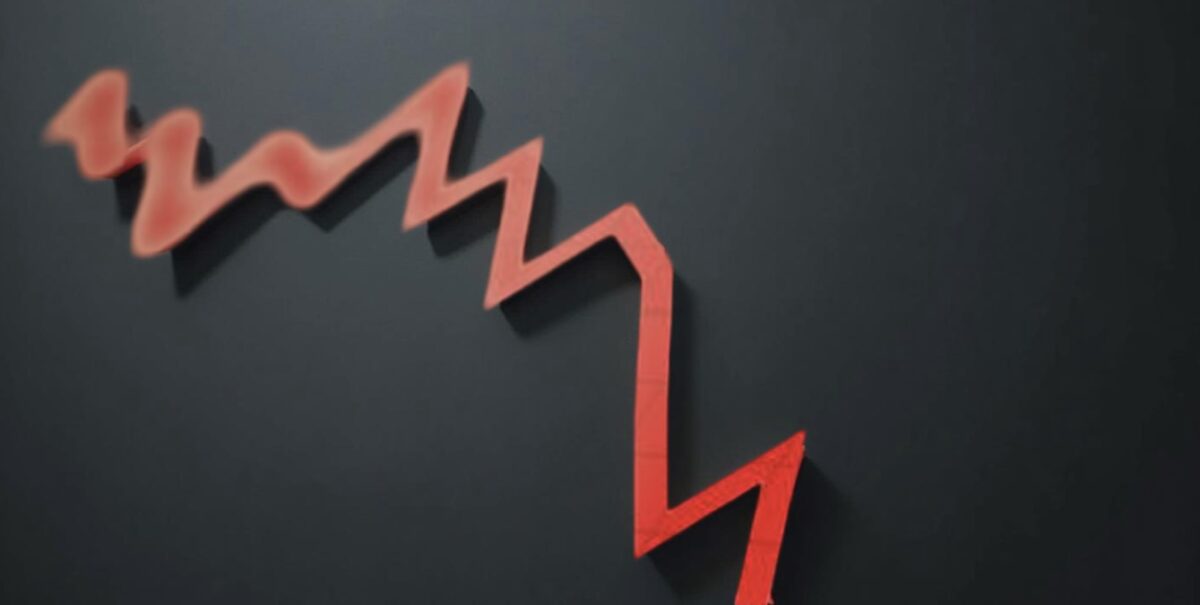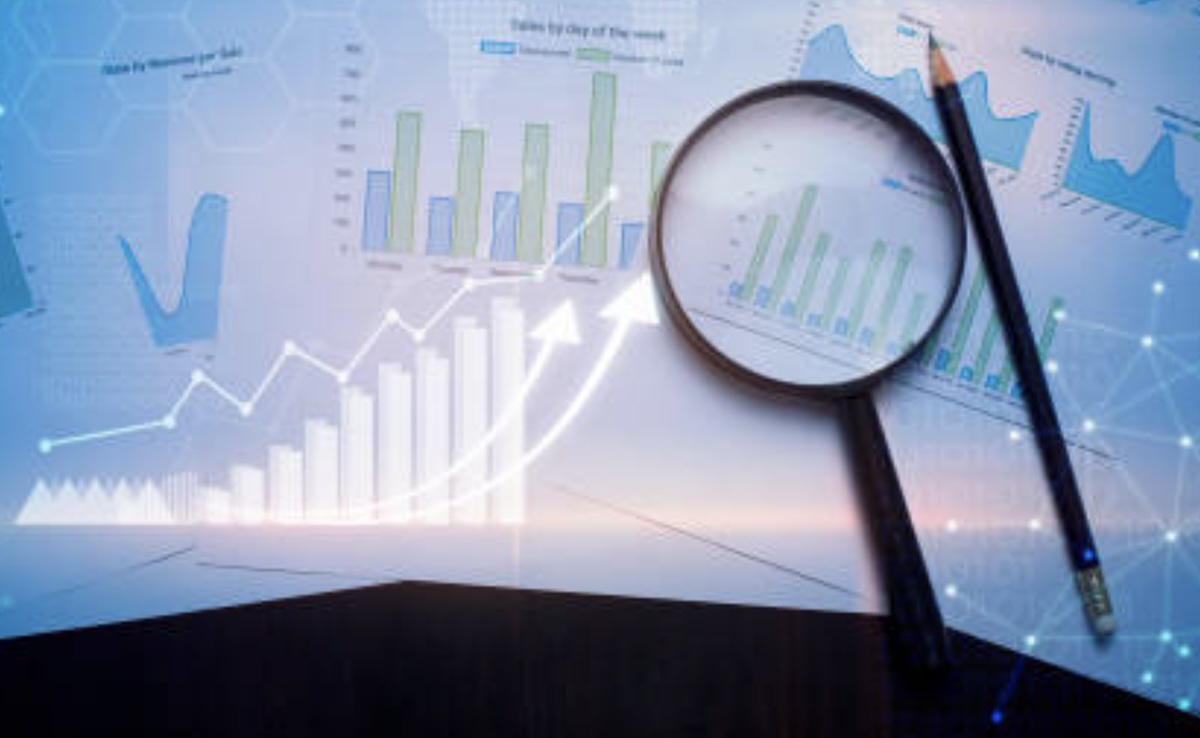The U.S. economy is facing a challenging period, marked by persistent inflation, looming tariffs, and consumers adjusting their spending habits. Recent data from the Commerce Department shows that while American consumers have been saving more and reducing discretionary purchases, inflation continues to affect everyday life. This economic uncertainty, coupled with aggressive trade policies, has economists worried about the potential impact on future consumer spending and overall economic growth
The Inflation Picture: Stagnant Progress Amid Sticky Price Hikes
According to the latest figures, inflation is still proving to be a tough problem to crack. The Personal Consumption Expenditures (PCE) price index, which tracks the prices of goods and services, rose by 2.5% in February compared to the previous year. This rate remained steady from January, indicating that inflation is not easing significantly despite expectations of price stabilization.
On a monthly basis, the PCE price index increased by 0.3%, mirroring the growth seen in January. While falling energy prices and relatively stable food costs helped moderate the impact of inflation, the underlying issue remains: inflation is sticky and not showing significant signs of decline. This persistent inflation is particularly troubling for consumers, who are already facing higher costs for everyday items.
One key indicator, the core PCE price index, which excludes the volatile food and energy sectors, rose 0.4% in February and 2.8% from the previous year. This marks an acceleration from the previous month’s 2.7%, underscoring the challenge the Federal Reserve faces in trying to bring inflation closer to its 2% target.
The Fed Faces a Tough Dilemma
The Federal Reserve has yet to make significant moves to tackle inflation through interest rate cuts. Despite the elevated inflation rate, the Fed opted to keep interest rates unchanged in its latest meeting. Chairman Jerome Powell emphasized that the central bank is waiting for clearer signs that inflation is heading in the right direction or that the economy is weakening before making further adjustments.
The added uncertainty stemming from President Trump’s trade policies and looming tariffs is further complicating the Fed’s decision-making. Economists warn that the implementation of tariffs, particularly on auto imports, could add upward pressure on consumer prices, making it even harder for the Fed to control inflation.
Consumer Behavior: Pulling Back on Discretionary Spending
As inflation remains persistent and tariffs loom on the horizon, American consumers are becoming more cautious with their spending. Data shows that consumer spending in February rebounded slightly, rising by 0.4%, following a sharper-than-expected decline in January. However, when adjusted for inflation, this increase was marginal—just a 0.1% rise.
A closer look at where consumers are spending their money reveals key trends. While spending on goods increased, likely driven by the anticipation of higher prices due to upcoming tariffs, there was a noticeable pullback on discretionary services such as dining out, entertainment, and travel. This shift in spending behavior signals growing caution among consumers who are worried about future price increases and overall economic uncertainty.
The Impact of Tariffs on Prices and Consumer Confidence
The looming tariffs, especially those imposed on automobiles, remain a major concern. Economists warn that these tariffs could raise prices on vehicles and related goods, which would add to the financial strain already felt by American households. While the full impact of these tariffs has yet to be realized, it is clear that they will likely contribute to rising costs in the near future.
The impact of these tariffs is being felt not only by businesses but also by consumers, who are becoming increasingly jittery. The decline in discretionary spending, as seen in the reduction of spending on services, reflects this growing unease.
A Silver Lining: Income Growth and Increased Savings
Despite the economic challenges, there is some good news for American households. Personal incomes increased by 0.8% in February, while disposable income (after taxes) rose by 0.9%, with a 0.5% increase after adjusting for inflation. These gains in income have contributed to an uptick in the personal saving rate, which rose to 4.6% from 4.3% in January.
This increase in savings suggests that, while consumers remain cautious, they are also taking steps to shore up their finances in anticipation of economic turbulence. The combination of income growth and higher savings provides some resilience, helping Americans weather the persistent inflationary pressures.
What Does the Future Hold?
Looking ahead, the outlook for the U.S. economy is uncertain. The continued presence of high inflation, combined with tariffs that threaten to increase prices, means that consumers will likely remain cautious in their spending. The Federal Reserve faces an increasingly complex situation, as it navigates the effects of inflation, economic growth, and trade policy.
For businesses, this means that the economic environment will likely remain volatile. Companies will need to be prepared for potential cost increases, particularly in industries affected by tariffs. Additionally, consumer behavior may continue to shift, with more focus on value-driven purchases and reduced spending on non-essential services.
The U.S. economy is at a crossroads, with inflationary pressures, rising tariffs, and shifting consumer behavior all contributing to a complex economic landscape. As businesses and consumers brace for the full impact of these changes, it will be crucial to remain vigilant and adaptable in the face of uncertainty.




